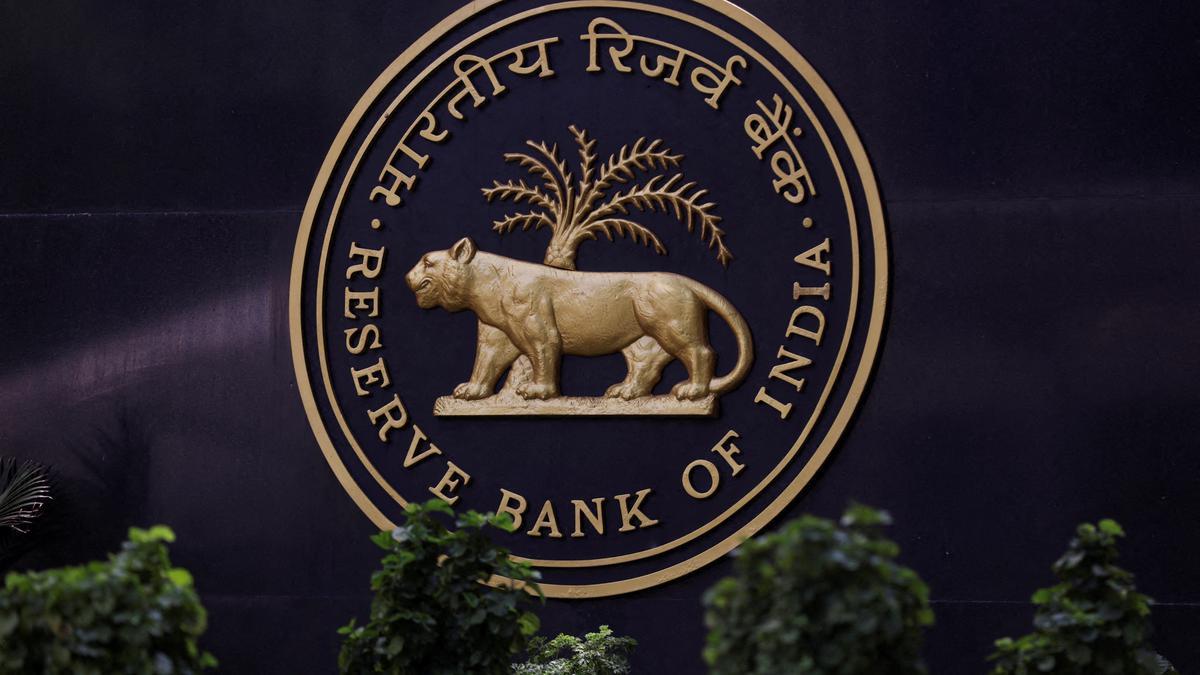
Share of Tamil Nadu’s own tax revenue has remained stable at over 70 per cent: RBI study
The Hindu
Tamil Nadu's SOTR share of total tax revenue stable at over 70%, SGST emerged as most important source post-GST.
The contribution of State’s own tax revenue (SOTR) to Tamil Nadu’s overall tax revenue has been stable at over 70%, according to data shared in the Reserve Bank of India’s report titled ‘State Finances: A Study of Budgets of 2023-24’.
As per data, SOTR accounted for 78.8% of Tamil Nadu’s total tax revenue during the pre-GST period of 2015-16 to 2016-17. During the post-GST and pre-COVID period of 2018-19-2019-20, the share of SOTR stood at 79.1%. Post-COVID, the SOTR share was 78.9%, it said.
There was a large spatial variation in SOTR, ranging from more than 70% of total tax revenue in Haryana, Maharashtra, Telangana, Tamil Nadu, Gujarat, Karnataka, Kerala and Punjab to less than 50% in Bihar and Jharkhand, the RBI said. Uttar Pradesh share of SOTR ranged from 45.6%-54%, while that of Madhya Pradesh it was around 50-51%.
Till 2016-17, sales tax/VAT was the largest component of own tax revenue. From 2017-18, however, State Goods and Services Tax (SGST) emerged as the most important source, followed by sales tax/VAT, excise duty, stamp duty and registration fees and taxes on vehicles, it added. In the post-GST period, there had been a general increase in the share of SOTR, which helped the States to reduce their dependence on devolution from the Centre, the RBI noted.
SGST collection has picked up since 2021-22 benefitting from the revival in economic activity and increased compliance due to improved tax administration, especially among the larger States, it added.
Revision of excise duty on Indian made foreign spirit brands and beer brands, revision of license fee, application fee, privilege fee in several areas of liquor industry were among the tax reforms undertaken by Tamil Nadu, RBI listed in its report.
In an interview with The Hindu in September, Finance Minister Thangam Thennarasu said the State focused on rationalisation of rates, formulation of amnesty schemes, improvement in collection efficiency and technological measures such as end-to-end computerisation among others to augment SOTR.

Hampi, the UNESCO-recognised historical site, was the capital of the Vijayanagara empire from 1336 to 1565. Foreign travellers from Persia, Europe and other parts of the world have chronicled the wealth of the place and the unique cultural mores of this kingdom built on the banks of the Tungabhadra river. There are fine descriptions to be found of its temples, farms, markets and trading links, remnants of which one can see in the ruins now. The Literature, architecture of this era continue inspire awe.

Unfurling the zine handed to us at the start of the walk, we use brightly-coloured markers to draw squiggly cables across the page, starting from a sepia-toned vintage photograph of the telegraph office. Iz, who goes by the pronouns they/them, explains, “This building is still standing, though it shut down in 2013,” they say, pointing out that telegraphy, which started in Bengaluru in 1854, was an instrument of colonial power and control. “The British colonised lands via telegraph cables, something known as the All Red Line.”

The festival in Bengaluru is happening at various locations, including ATREE in Jakkur, Bangalore Creative Circus in Yeshwantpur, Courtyard Koota in Kengeri, and Medai the Stage in Koramangala. The festival will also take place in various cities across Karnataka including Tumakuru, Ramanagara, Mandya, Kolar, Chikkaballapura, Hassan, Chitradurga, Davangere, Chamarajanagar and Mysuru.








